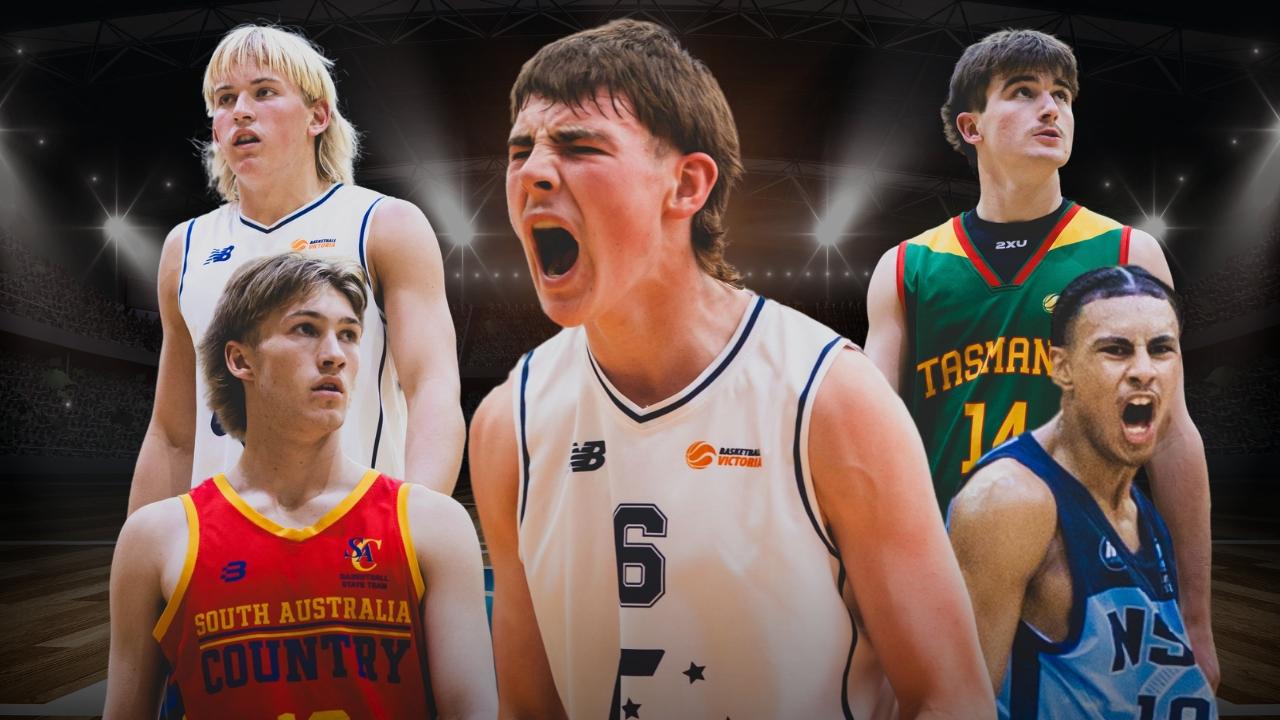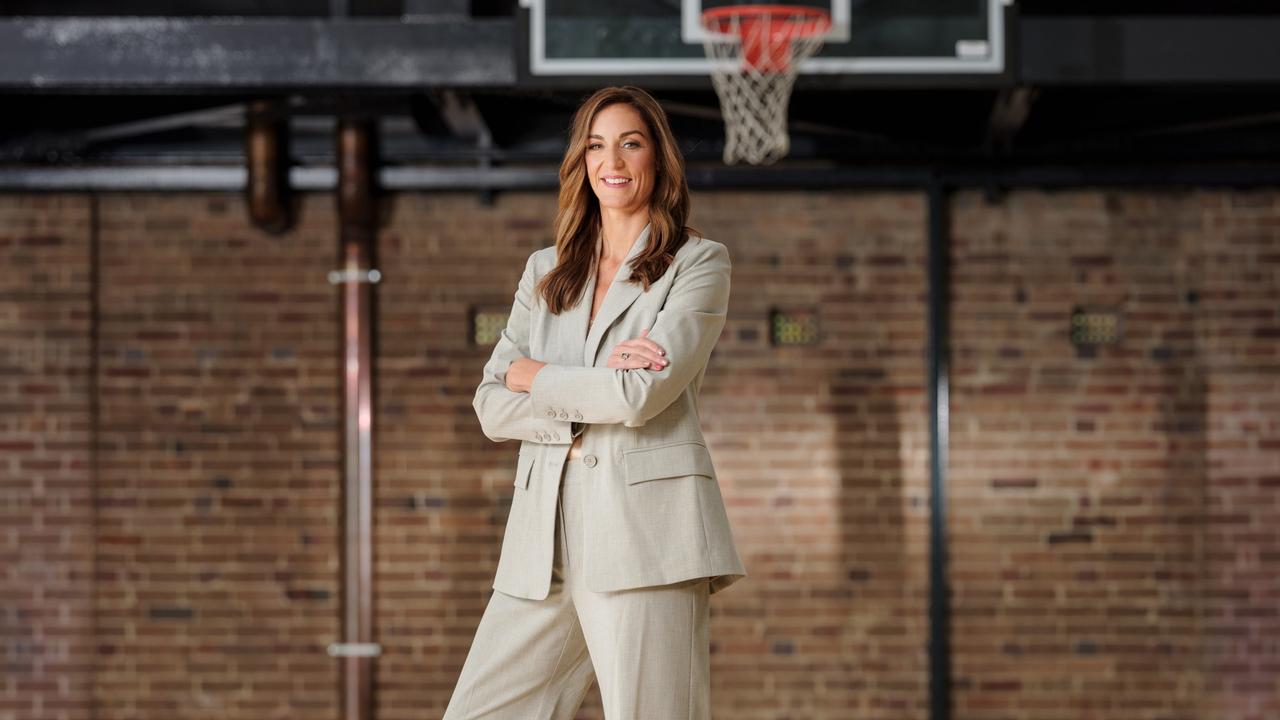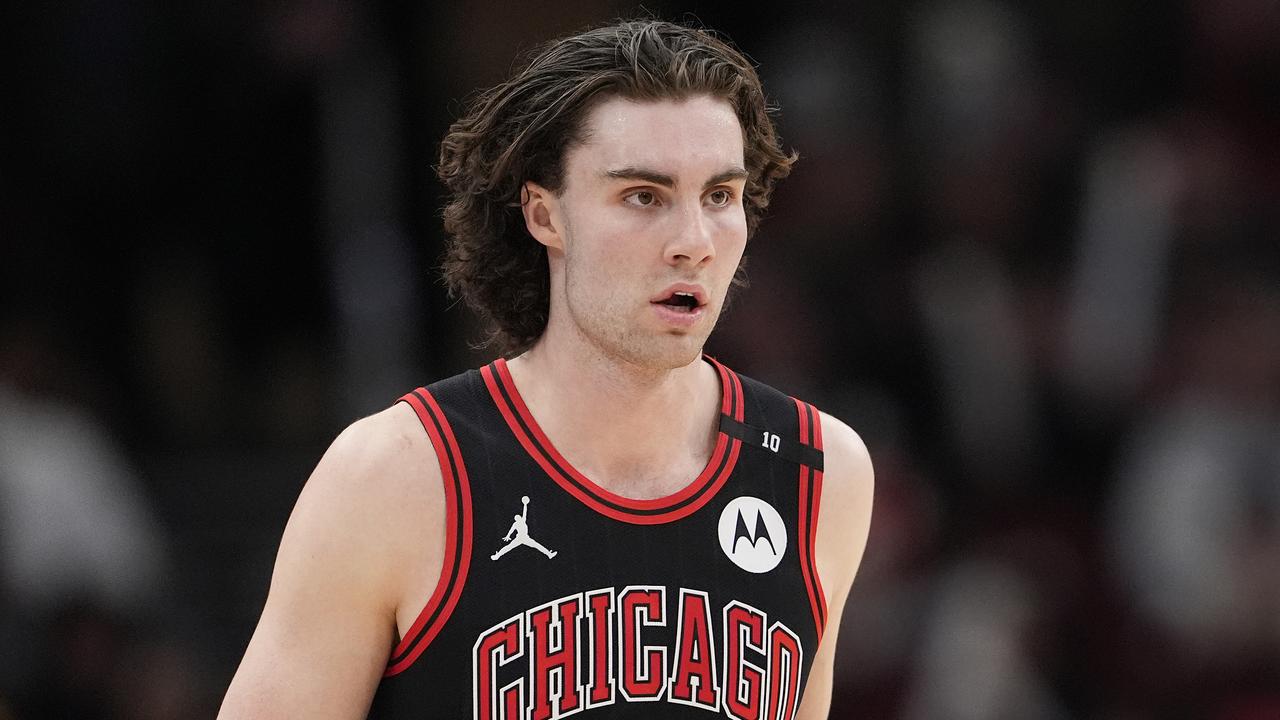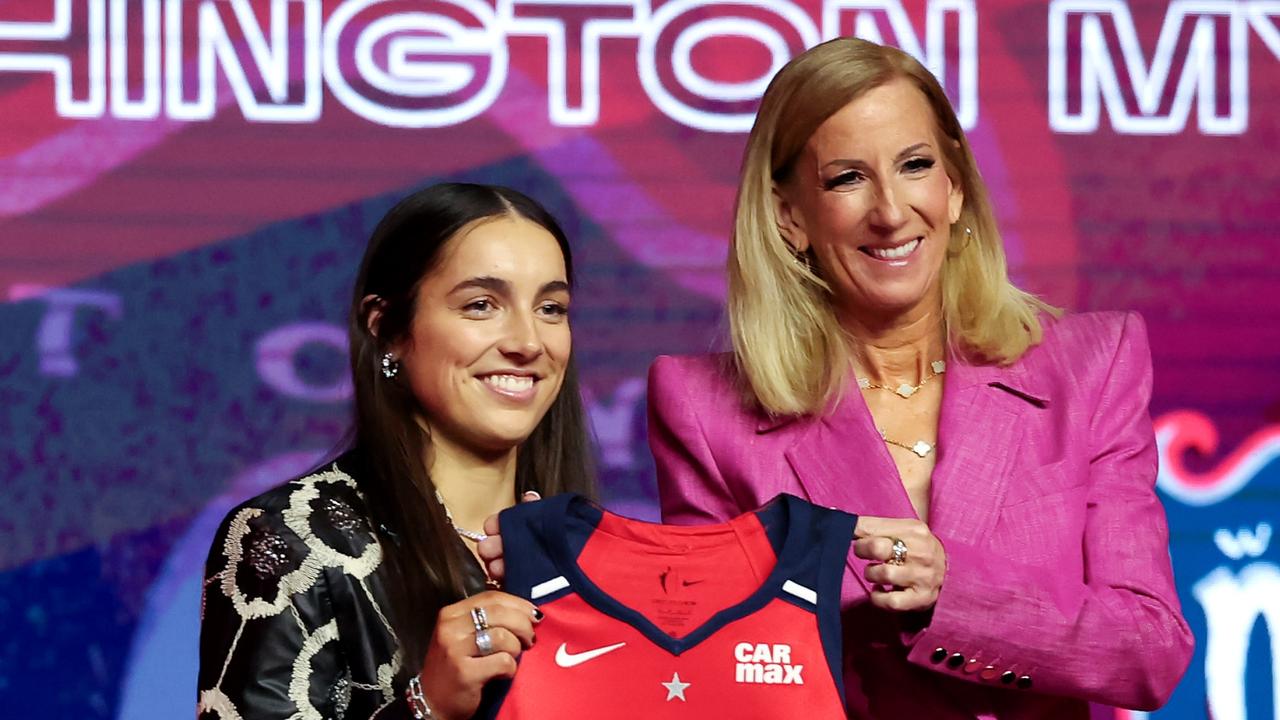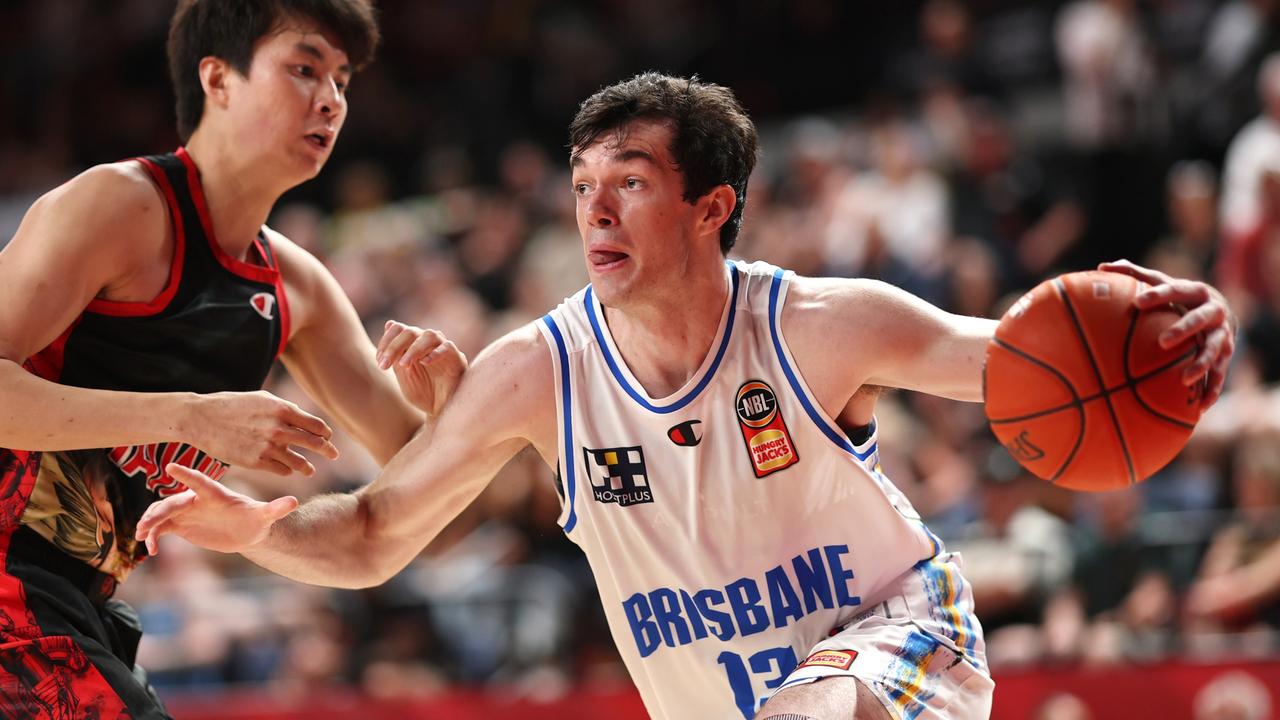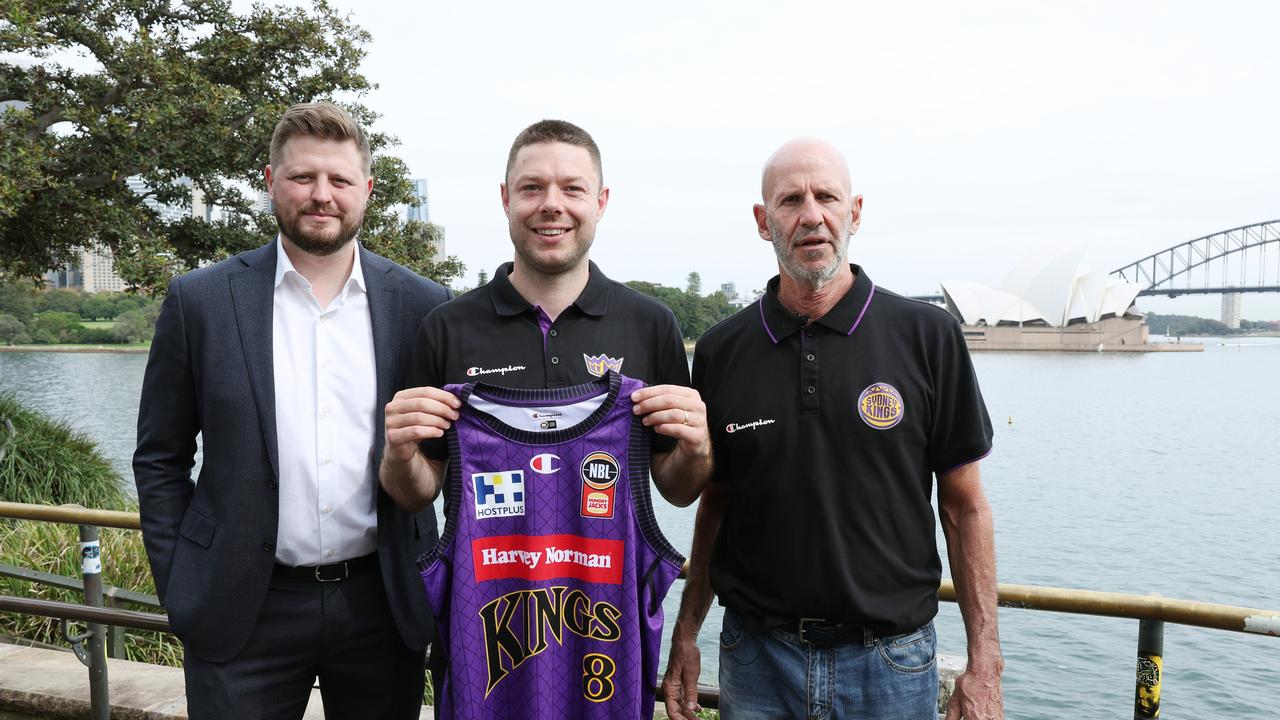Boom or Bust, Part I: Grassroots basketball turning away 150,000 players amid $5b court shortage
A major roadblock in grassroots basketball is causing heartbreak for players and threatening ‘terrifying’ social consequences. It could cost us the next Patty Mills, writes MICHAEL RANDALL in Part I of a special report.
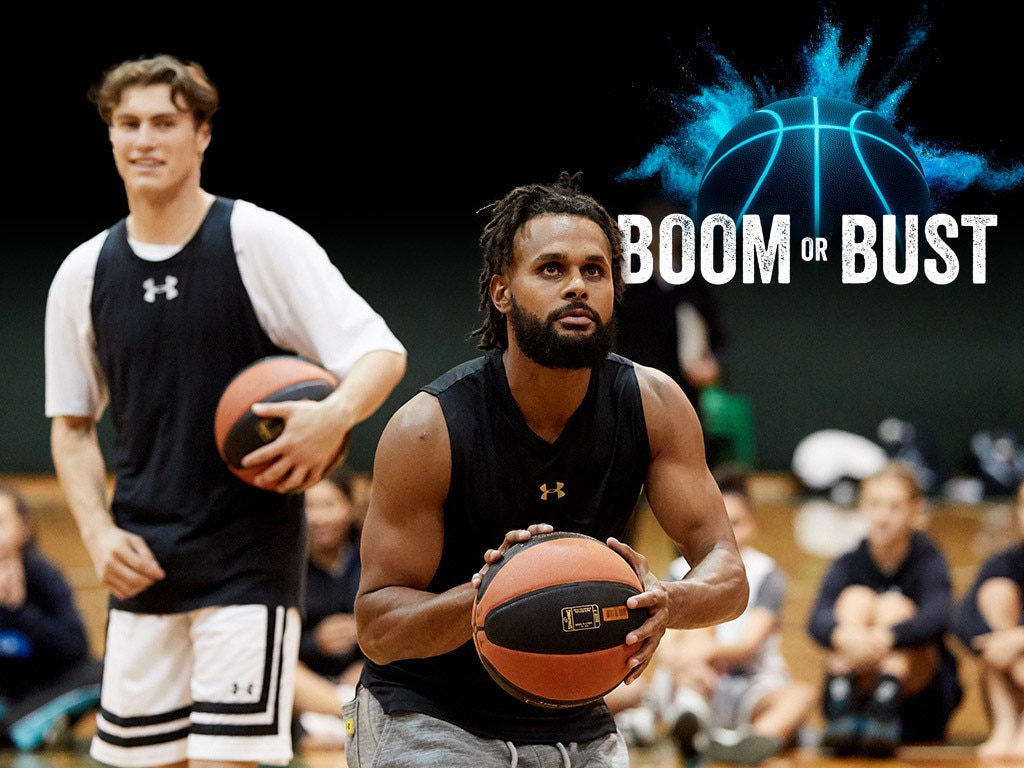
Basketball
Don't miss out on the headlines from Basketball. Followed categories will be added to My News.
Disappointment that the Boomers failed to match the Opals as Olympic medallists at Paris 2024 proves expectations have never been higher in Australian basketball.
That’s because the future of the game has never been brighter, yet basketball’s booming health has come with significant problems in urgent need of attention from administrators and governments.
In a special multi-part series, CODE Sports examines the major issues with Australian basketball’s grassroots, the pros and cons of our junior development pathways, and our future at the elite level, including the NBL/WNBL, NBA/WNBA, and the national teams.
It’s at grassroots level where the game’s biggest headache can be found: there are nowhere near enough courts in Australia to cater for all the people who want to play basketball, meaning that masses of kids with dreams of wearing green and gold are instead turned away.
Here are the remarkable numbers and what key stakeholders are saying.
BOOM OR BUST: THE FULL SPECIAL REPORT
PART II: THE GLARING WEAKNESS IN AUSTRALIA’S GOLD-CLASS TALENT PIPELINE
PART III: ‘SECRET’ SHAME FOR WOMEN’S BASKETBALL AFTER DECADES OF NEGLECT
PART IV: THREATS BASKETBALL MUST DEFEND AGAINST TO AVOID PAST DISASTER
PART V: A BOOMERS LEGEND'S BLUEPRINT FOR AUSTRALIAN BASKETBALL'S FUTURE
NBA DREAMS: 20 AUSSIES SET TO DOMINATE US COLLEGE HOOPS (MEN)
WNBA DREAMS: 20 AUSSIES SET TO DOMINATE US COLLEGE HOOPS (WOMEN)
COURT SHORT BY BILLIONS
In years gone by, potential future Boomers and Opals like Scott Pendlebury, Luke Jackson and Sophie Garbin have been lost to other sports, having played basketball before choosing footy and netball.
Today, a nationwide shortage of nearly 1000 courts means 150,000 would-be hoopers have no choice. People are turning to basketball in droves – lured by the lower risk of injury compared to contact sports, a pop culture element, reasonable fees of $300-400 per season, and even dreams of one day earning big-money NBA contracts – yet many are unable to play in organised competitions.
Since 2019, the year before Covid decimated sports participation, there has been a rise of more than 400,000 players.
Nearly 100,000 more women are playing basketball; 305,000 are now hitting the courts.
With about 1.6 million total active players, every court in the country is at bursting point. If another 900 courts magically materialised tomorrow, they’d immediately be at capacity.
In the meantime, players are being turned away. The next Patty Mills, Lauren Jackson, Josh Giddey or Ezi Magbegor could instead be running around playing football, tennis or cricket because the investment in basketball has not kept up with demand, leaving a black hole of more than $5 billion - conservatively - for the sport to navigate.
In NSW, more than 55,000 potential hoopers are either stuck on waiting lists or forced to pick other sports, as the state awaits some 300 new courts to meet surging interest. Hills Basketball Association CEO Steve Burke says his 10,000-strong organisation, which operates nine courts across three separate facilities, turns away 1000 players each year.
Burke’s got a shovel-ready project that would add an extra three courts to Hills’ Bernie Mullane Sports Complex in Kellyville. Yet the previous state government knocked it back, after Hills staff spent months preparing an exhaustive 143-page application to the $2 billion WestInvest grant program.
Three courts would be a drop in the ocean for Hills. The association wants to redevelop the old indoor equestrian centre in Box Hill, adding six courts in a suburb with a booming population.
“If I could click my fingers and get those six courts at Box Hill and another three at Kellyville — double my capacity — I would have no trouble filling them overnight,” Burke says.

Saying no to parents of kids wanting to play basketball is an emotional issue (scroll down to read letters from some who have missed out). The Hills association, where former NSW Premier Dominic Perrottet once coached his daughter, now has a permanent information page on its website informing members of where they can direct their advocacy on its behalf.
“Our entries are all online now and we’ll say, ‘OK, entries open 7am Monday’ and, within 15 minutes, most comps are filled,” Burke says.
“I get people saying we’ve broken their kids’ hearts because they forgot to put the team entry in and all their friends hate them and all this sort of stuff.
“We feel the same, we want to give them a place to play. It’s become a messaging thing for us. We have a permanent link on our website now that we direct people to, that’s got click this link to contact council and contact the state government.”
Victoria has more than 1000 courts, the most in Australia, and the highest number of participants. It still needs another 220 courts just to meet immediate demand, predicted to rise to 600 courts over the next decade, Basketball Victoria CEO Nick Honey says.
Bellarine Basketball Association had been forced to schedule 620 byes per season, with some teams missing out on a game every three weeks, Honey says. Meanwhile, Aberfeldie Jets have a waiting list of 359 children and the club uses courts based at local schools, as there are no dedicated indoor courts in the Moonee Valley local government area.
Parents from the Aberfeldie Basketball Association, in Melbourne’s northwest, sometimes travel 30 minutes each way for games at Broadmeadows or Caroline Springs, often pitting teams from the club against each other.
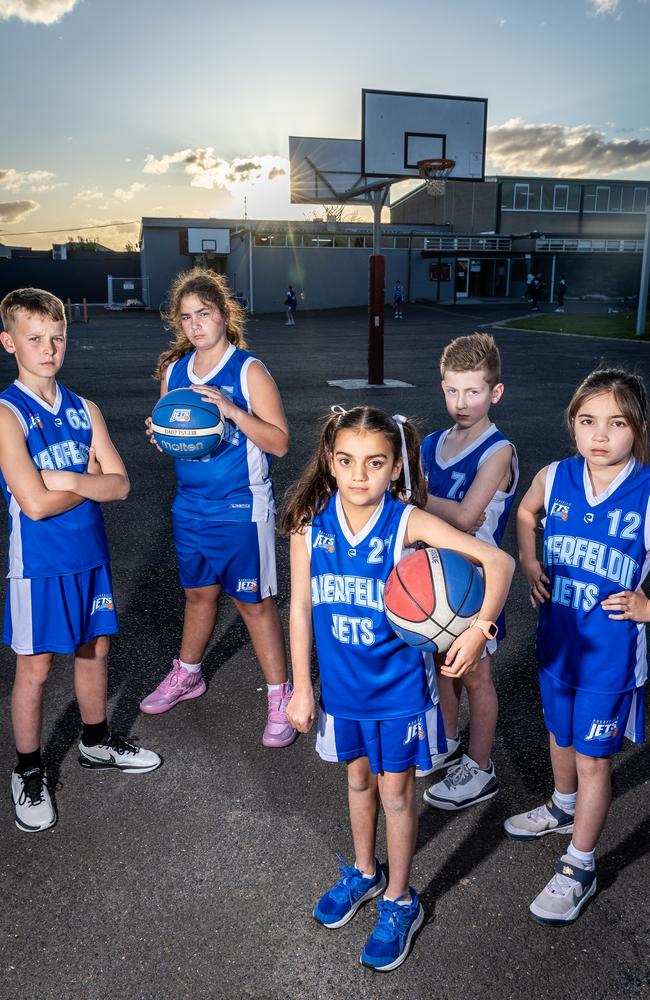
“Our waiting list is presently at 200 and this represents the number of children that may not be able to be placed in a team this season due to the lack of courts,” Aberfeldie president David Butters says.
“For the Aberfeldie Basketball Club, the lack of any multiple court facilities is our biggest constraint to growing the game of basketball. We run a very successful Junior Jets program (with 150 participants), which introduces children into basketball, however many are not able to start playing in a team due to the travel from the area.”
Currently the club has 134 junior domestic teams. Back in 2019, Moonee Valley City Council published a report which identified 14 courts were needed immediately to keep pace with the demand.
“To date, no courts have been delivered and Moonee Valley remains one of very few councils without any council-owned basketball courts,” Butters says.
Court shortages aren’t just a matter of shutting out players, but the flow-on social impacts. Thousands of new homes are being fast-tracked to the north of Adelaide, yet no new courts are planned there. Existing facilities, more than 30 minutes’ drive away, are in dilapidated ‘end-of-life’ condition. Council maintenance has waned, meaning problems include malfunctioning scoreboards and blocked toilets; yet those facilities are still desperately needed to meet player demand, which will only increase with the housing spike.
“It’s a bit of a shame that we can’t see a little bit ahead, because what are those youth going to do?” says Sue Wood, administrator of Adelaide Community Basketball Association.
“There’s nothing for them to do, there’s no facilities. That’s going to be trouble for those kids in five years’ time, when those houses are all full. Youth crime in the future … you can’t think about it, it’s terrifying really.”
ACBA has about 6000 participants and is on the brink of turning away teams, which local clubs are already forced to do with players. Wood says she could instantly fill 10 more courts, yet land and construction costs mean that almost none are planned; while frustratingly, some owned by private schools are underutilised due to selective hiring policies.
“There’s a couple of really good schools that I’d love to run competitions out of but we just can’t get in there. They don’t like the community-level riff-raff,” Wood says.
“We do have a couple of extremely loyal schools that we’re very fortunate to have. If we did not have them – King’s Baptist (Grammar) and Cedar College (Christian) – our competition would already be turning away 100 teams. We run out of there all day, they’re fabulous, and lots of people train there.
“The clubs want to train, kids want to train. They are not going to work up the pathway unless they have good training opportunities.
“It’s one thing to be able to find court space for our games, but if the clubs can’t provide them with decent training – and there could be some superstars amongst them – they’re never going to progress, because they can’t get the right training due to not being able to get court space. Some clubs have wiped their training altogether. It’s detrimental to the viability of the sport in the future.”
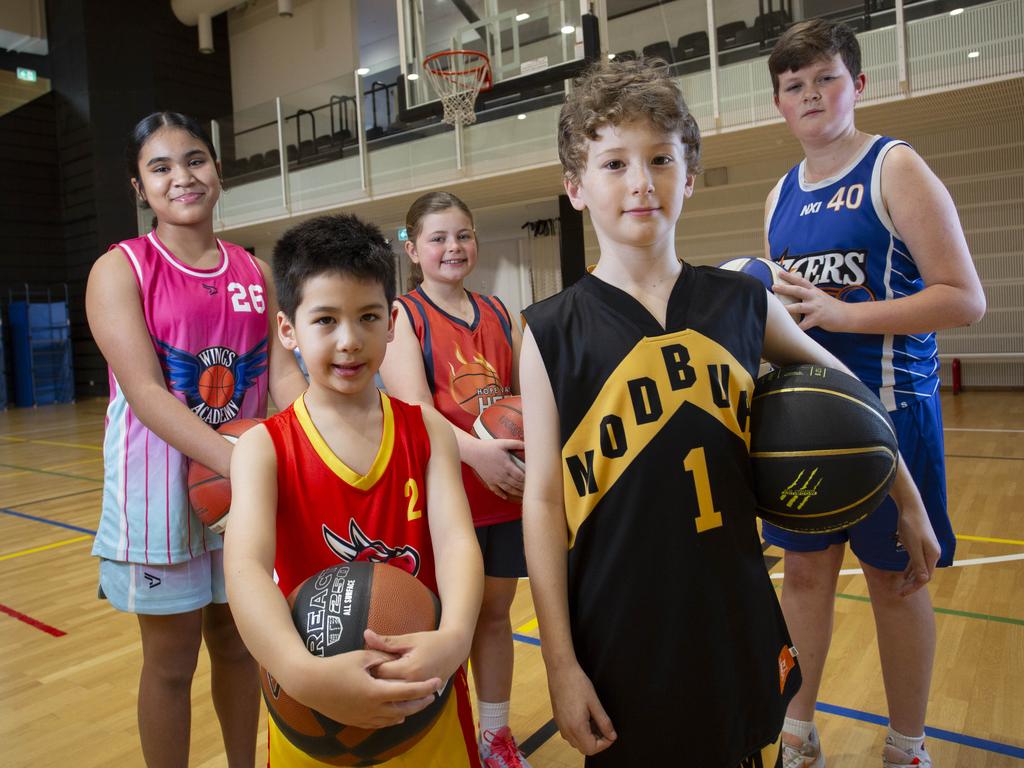
Legendary Boomer Andrew Gaze, one of the most respected figures in basketball, says the challenge of meeting outsized court demand is felt at multiple levels.
“We can’t build stadiums quick enough to satisfy all levels of the sport and it’s only going to get more challenging,” Gaze says.
“We see it at all different levels and we’re seeing it at the higher level where junior rep teams or NBL1 teams are struggling to find practice courts.
“Because the game is so popular from a participants standpoint, during the evenings, in the mornings, on the weekends, there’s very little court availability.”
A boom in Aussie Hoops — basketball’s equivalent to AFL Auskick, NRL League Stars and Cricket Blast — with more than 40,000 boys and girls aged 5-10 last year, has exacerbated the facilities problem.
Cockburn Basketball Association, one of four high priority centres in Western Australia, averages 320 Aussie Hoops participants per term; more than 10 per cent of its membership.
“It’s getting to a point where it’s widely accepted now that basketball is hard to get into. And I think a lot of people are making choices to potentially look at other sports prior to basketball … mums and dads talk and they go, ‘Basketball’s so hard to get into’, so some don’t bother,” Cockburn chief executive Tyrone Thwaites said.
About 70-80 per cent of Cockburn’s Aussie Hoops kids continue in the sport, or want to, with plans underway to add six extra courts to the association’s four-court facility. Five years ago, the cost of one new court was about $1-2 million. Today, thanks to exploding inflation, material costs, and court and facility standards/regulations, Cockburn’s project is now $80-85 million. The local council has committed $25 million but state government funding is needed.
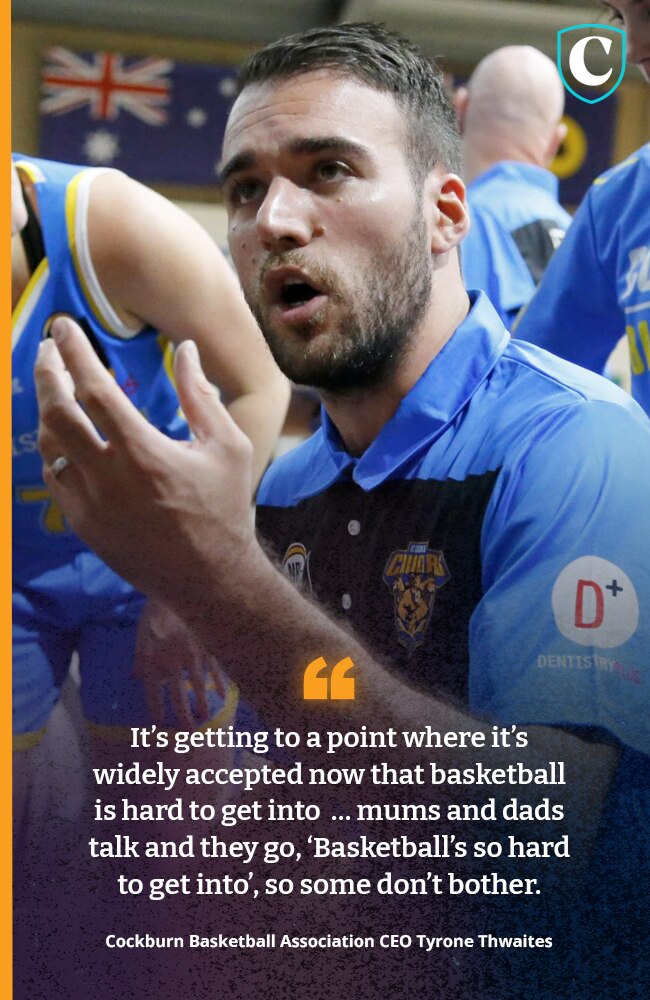
In Tasmania, the NBL rise of JackJumpers has spurred massive interest – but it’s still an afterthought to the state government. The club has been fighting for three years for a new high performance centre and upgrades in community facilities across the state.
Basketball Tasmania CEO Ben Smith said there wasn’t a single basketball-specific court in the state; all facilities are shared with other sports. Twenty per cent of the state’s 51 courts are either not full size, have the wrong flooring, leaky roofs, or don’t meet standards.
Queensland’s dire need — about 220 courts — is slowly being whittled away thanks to a rush of new projects ahead of the 2032 Brisbane Olympics. Three projects worth a combined half-billion dollars have been approved and two more are in the winds; adding 64 courts by 2027.
“We’ve done the strategy and they’ll be at capacity as soon as they open,” Basketball Queensland boss Josh Pascoe says.
“It’s a never-ending cycle. No matter how many we put in, we’re always going to need more.”
The facility at Chandler, which will also host Olympic gymnastics, was initially costed at $42 million. It is now $200 million.
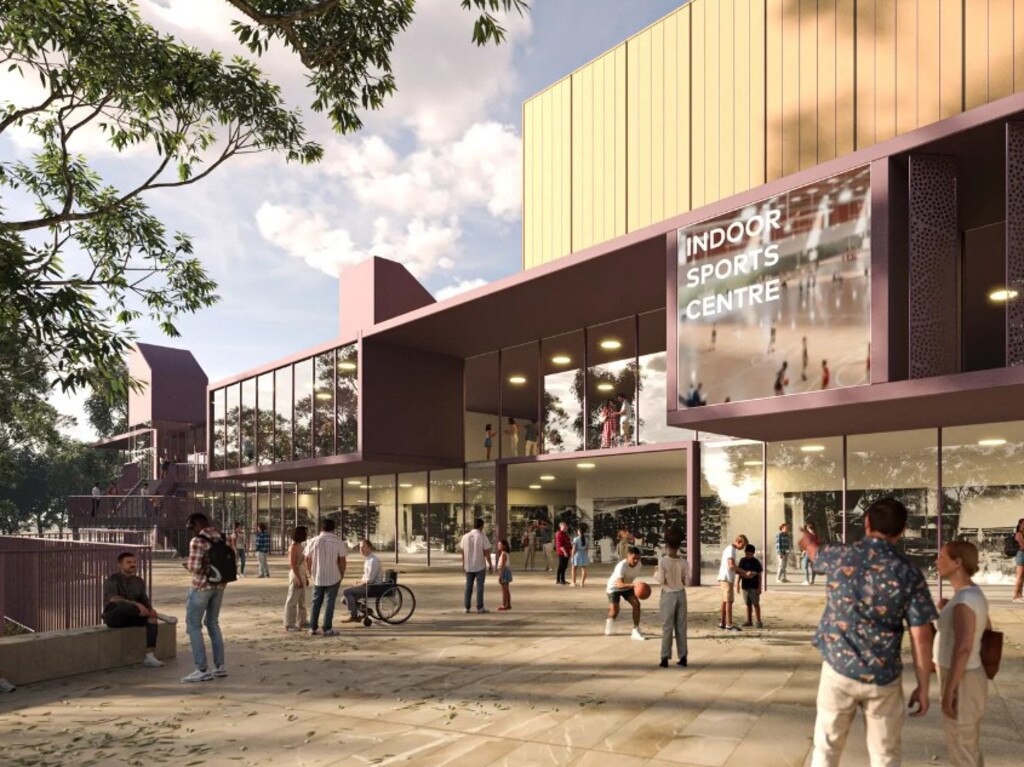
A UNITED FRONT TO GOVERNMENT
There is a sense governments at all levels are slowly beginning to take notice of a decades-long infrastructure shortfall.
They have to. With so many players and families tied to the sport, there are votes at stake.
The federated model — a network of individual, affiliated entities united under a central governing body — plus the NBL alongside, presents challenges when advocating for government funding. There are different, often competing, interests.
Wood’s account of trying to align major stakeholders on projects in Adelaide is succinct: “Pulling them all together is a nightmare.” Yet when the powerhouse AFL advocates to government, it is one entity that covers all levels of the sport.
Concerted efforts from Basketball Australia, state and territory bodies, and the NBL to repair what have been strained relationships are beginning to pay off.
Getting everyone on the same page is crucial, BA chief executive Matt Scriven said, with a new national facilities strategy initiated to link in with the state and territory bodies and provide a footprint, detailing needs in every corner of the country.
“Every state is turning away kids. The sport is booming but we need more facilities,” Scriven says.
“We’ll launch a national facilities strategy in 2025 with an advisory working group, where we’ll bring in experts in infrastructure and government and work with states and territories on identification of areas of need.
“That’s a significant piece of work in the pipeline right now.
“It’s important we elevate the conversation to the necessity to get these facilities because it’s one of the biggest barriers to further growth.”

Scriven said the “enormous and continual challenge” of uniting those competing interests for the betterment of basketball has begun to yield tangible results.
“It’s the first time ever basketball will have a whole-of-sport vision that each state and territory and BA’s strategic plans will feed into,” he says.
A key nationwide outcome has been a $5 game development levy, paid by every registered participant in grassroots Australian basketball and reinvested in the game. That money is funding development in key areas, currently referees, coaching, and digital transformation.
“It’s not BA saying to the states ‘this is what we’re doing’. It’s a collective approach,” he says.
“As a sport, we’re well behind in digital content and data, which not only provides better opportunities to have better conversations with our consumers but it also allows us to make more data-driven decisions.”
Meetings with politicians invariably result in the same story.
“Within the first five minutes … it’s like: ‘My kid plays basketball’,” says one administrator, echoing others who did not want to go on the record due to the financial stakes.
“They’re living it and they’re starting to come around, but they’re still not quite taking it seriously and that’s probably because of how massive the financial cost is and just the scale of the build to even meet current demand, let alone future need.”
Australian basketball’s GOAT is firmly in the trenches. Five-time Olympic medallist Lauren Jackson - who runs the grassroots She Hoops program - is one of the sport’s strongest advocates to government, keeping regular dialogue with Federal Sports Minister Annika Wells.
And corporate Australia has caught on — Ford has tipped in millions off its own bat to meet some of the need in clubs all over the country — but again, it’s a drop in the ocean.
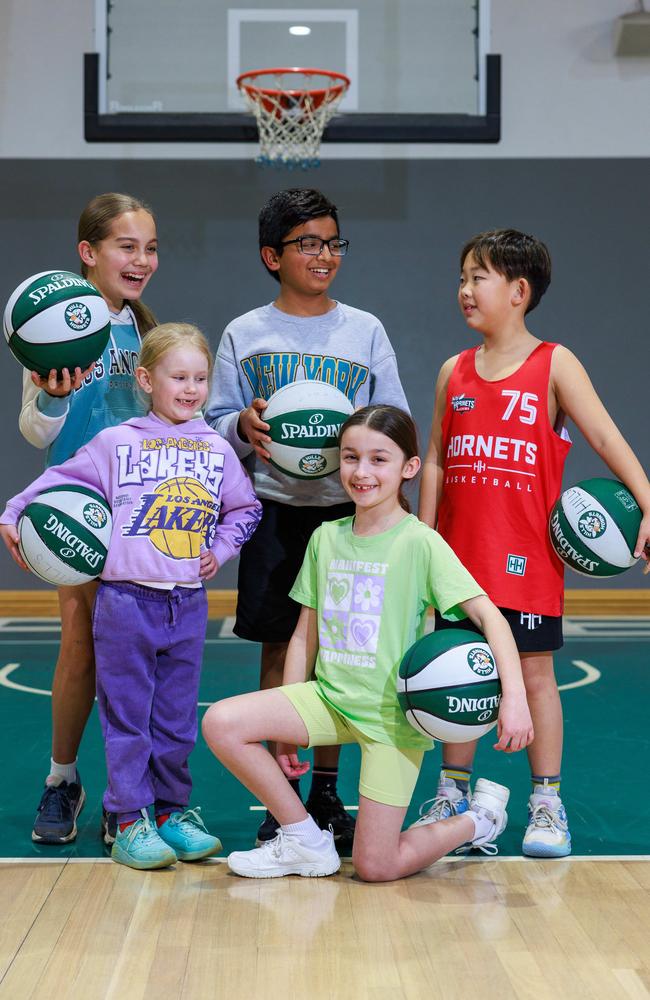
WHISTLE STOP: FINDING AND KEEPING REFS
NBL chief executive David Stevenson made headlines last year with a zero-tolerance stance against referee abuse. He stands by it — with good reason.
When NBL referees cop abuse, there’s a top-down effect that plays out at the grassroots level, where young refs are often in the firing line of spectators and coaches. Next to the need for more facilities, attracting and keeping referees is basketball’s biggest challenge.
“Last year I came out pretty strongly with the level of respect and support that our referees deserve as, frankly, everyone in our sport deserves,” Stevenson says.
“They don’t get every call right, like all of us, but with the ongoing respect and support that they deserve, they’ll be at their best and that gives them the best chance to make the highest quality decisions.
“We feel like it’s our responsibility to be able to set that tone.”
Basketball ACT chief executive David Lane says the capital is addressing the issue with the introduction of a yellow and red card system for unsatisfactory behaviour by coaches and supporters, which covers referee abuse.
Most, if not all, states have some form of green whistle/lanyard/shirt denominator for referees who are under-18 or new to the craft, alerting spectators, coaches and players that they’re essentially on L-plates.

Nearly 30 per cent of referees in South Australia were lost after Covid.
“We’ve seen a real increase in poor spectator behaviour,” Basketball SA CEO Tim Brenton says.
“The seriousness has gone up quite a bit so we’re really promoting three things in SA right now: ‘Participate, have fun, love the game for life’.
“The more serious we take basketball, the more serious the parenting expectations and the coaching becomes. It probably just needs to be brought back a little bit so it’s all brought into perspective.”
Pioneering NBL referee Jacqui Dover said pay rates for basketball referees were dwarfed by those in other sports.
“The referees pay is pretty average at a club-based level, even through to NBL1,” Dover said.
“I’d lose a lot of referees when they got to that 14, 15-year-old stage because they could work at KFC or Maccas and get a higher hourly rate than people abusing them, running up and down the court on a Saturday morning. An advanced referee, it might be $15 an hour.
“Right now, if I go ref at club level … I’d get paid $35 (per hour) and I’m an international referee. I could go goalie or sideline at soccer in Townsville and know I’d get $80 to hold a flag up.”
Scriven says Basketball Australia is working on a national sport, culture and behaviour framework to be unveiled next year, which would provide further safeguards for referees and guidelines for coaches.
HELP WANTED: VOLUNTEERISM WANING
The slow death of volunteerism is a quiet yet serious problem. Basketball clubs and associations are facing rising costs, forced to pay for jobs that were once done on goodwill.
Busy people just don’t have the time or inclination.
In South Australia, where Basketball SA is in the midst of a facilities audit that will provide a true picture of the state’s need, many stadiums were built by volunteers over 40 years ago.
“The volunteer labour that’s gone into building these stadiums, you really appreciate what it used to be like in the 1970s,” Brenton says.
“I’m 50, so I remember parents mowing the lawns before we played footy at the high school ground on the weekend.
“That volunteerism is disappearing, so you can see these beautiful structures that are standing really strong on their BHP steel but they leak, the airconditioning is old and we don’t have enough modern facilities for inclusive access.”
It’s the same in WA.
“The community sentiment around volunteerism, in our view, is changing,” Thwaites says.
“I think the world view out there now is that, ‘I can pay for services’, and volunteerism probably isn’t quite what it was a decade ago or 15 years ago.
“We as an organisation pay a lot more for things that probably were previously volunteer roles.”
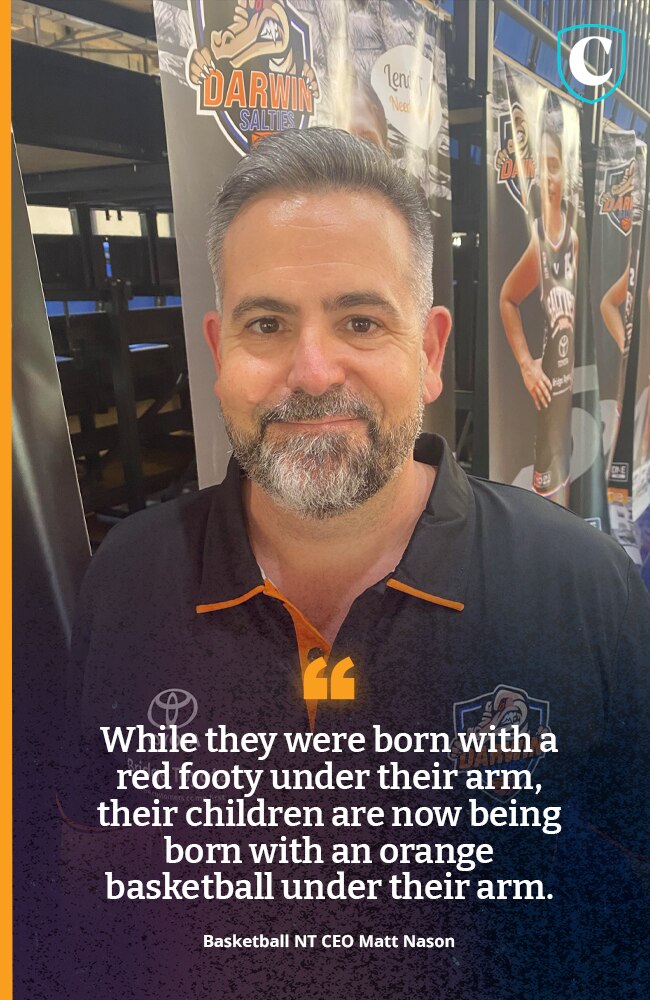
A VALUABLE PART OF THE COMMUNITY
Basketball in the Northern Territory plays a small but integral role in a community that faces unique challenges. For one, some of the basketball stadiums in the tropics become safe havens, doubling as cyclone shelters when high category storms bombard the region.
There are about 3000 hoopers in the Territory — some larger associations in other states have three times that number — but it is more than just an opportunity to be active and be a part of a team. Basketball is a peacemaker among young people in a region that has one of the highest concentrations of indigenous participation per capita in the country, Basketball NT CEO Matt Nason says.
“We’ve got a large contingent of the population here who, while they were born with a red footy under their arm, their children are now being born with an orange basketball under their arm,” Nason says.
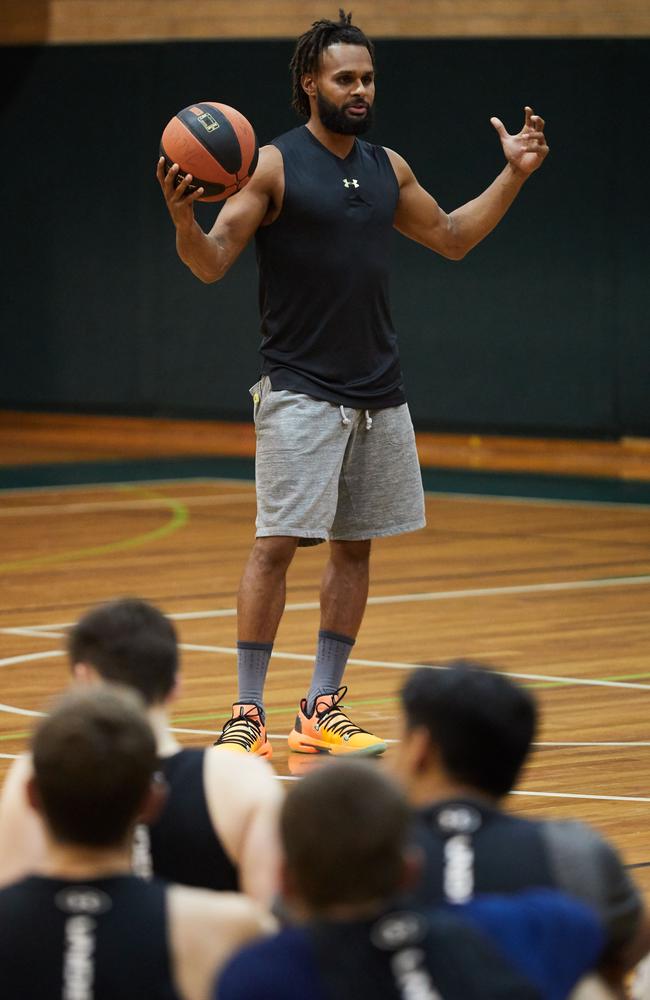
“One of the things that we’re continuing to be able to develop where we can and however we can is to utilise basketball to help with some behavioural contrasts that can give kids a different and more positive experience.
“It’s a bit of a diversion space for us and we’re using it as a really healthy outreach, and a healthy vision for these communities to generate a bit of different interest in what these kids are up to, get them off the streets and give them something positive to do.
“It is helping community peacetime and connecting people through the sport. Add a little bit of talent ID to it, we might be looking at the next Patty Mills, who knows?”


